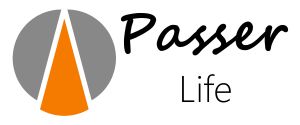BB2B (C++)
We first present the basis code. This code is found in the Examples section of the repository.
This does not include controlling any hardware or simulation environment. The reason is that it clearly shows how the code works and also demonstrates how easy it is to support different types of hardware and/or simulation.
First, we need to define the robot's functional structure. The basis is a 2-wheeled differential drive. This propulsion system moves the whole robot and thus forms the basis of the hierachy. Then we have two touch sensors: one on the front left and one on the front right. As these are connected to the roboid, they are children of the differential drive: if the differential drive moves the robot forward, the sensors will move with this. This leads to the following setup:
DifferentialDrive* bb2b = new DifferentialDrive();
TouchSensor* touchLeft = new TouchSensor(bb2b);
TouchSensor* touchRight = new TouchSensor(bb2b);
Next we define the update loop. Here we implement the behaviour as described above: while the sensor on the right detects and object, left left wheel will turn backwards. While the left sensor detects an object, the right wheel will turn backwards. When a sensor does not detect an object, the matching wheel will turn forward. The wheel speed is specified in degrees per second. A value of 600 degrees per second is 100 rotations per minute.
Then we need call the update function of the bb2b roboid. The boolean true value indicates that the children of the bb2b will also be updated, ensuring that the touch sensors are also updated.
Finally, we will sleep for 100 milliseconds each iteration to save energy:
while(true) {
float leftWheelSpeed = (touchRight->touchedSomething) ? -600.0f : 600.0f;
float rightWheelSpeed = (touchLeft->touchedSomething) ? -600.0f : 600.0f;
bb2b->SetWheelVelocity(leftWheelSpeed, rightWheelSpeed);
bb2b->Update(true);
sleep_for(milliseconds(100));
}